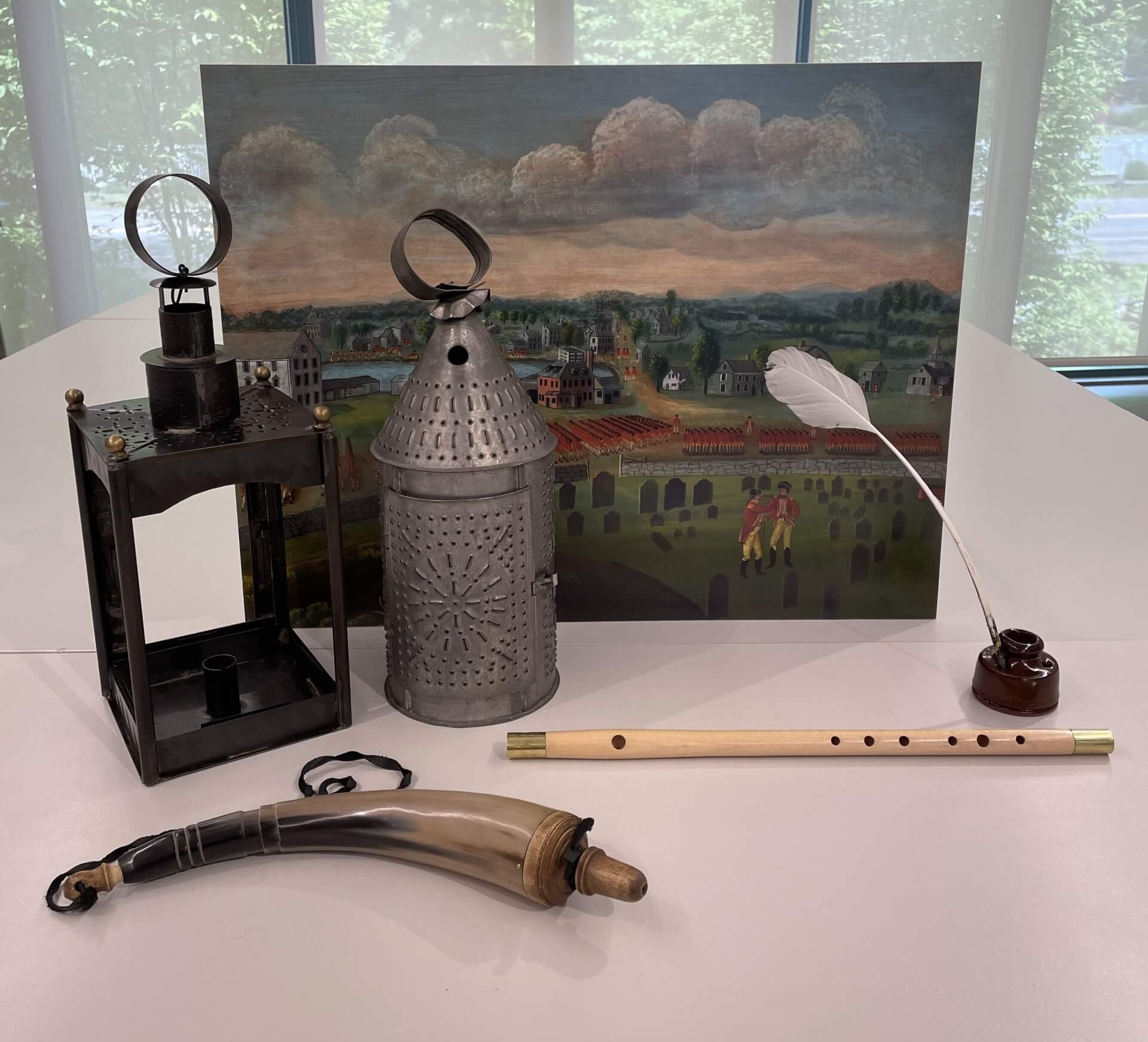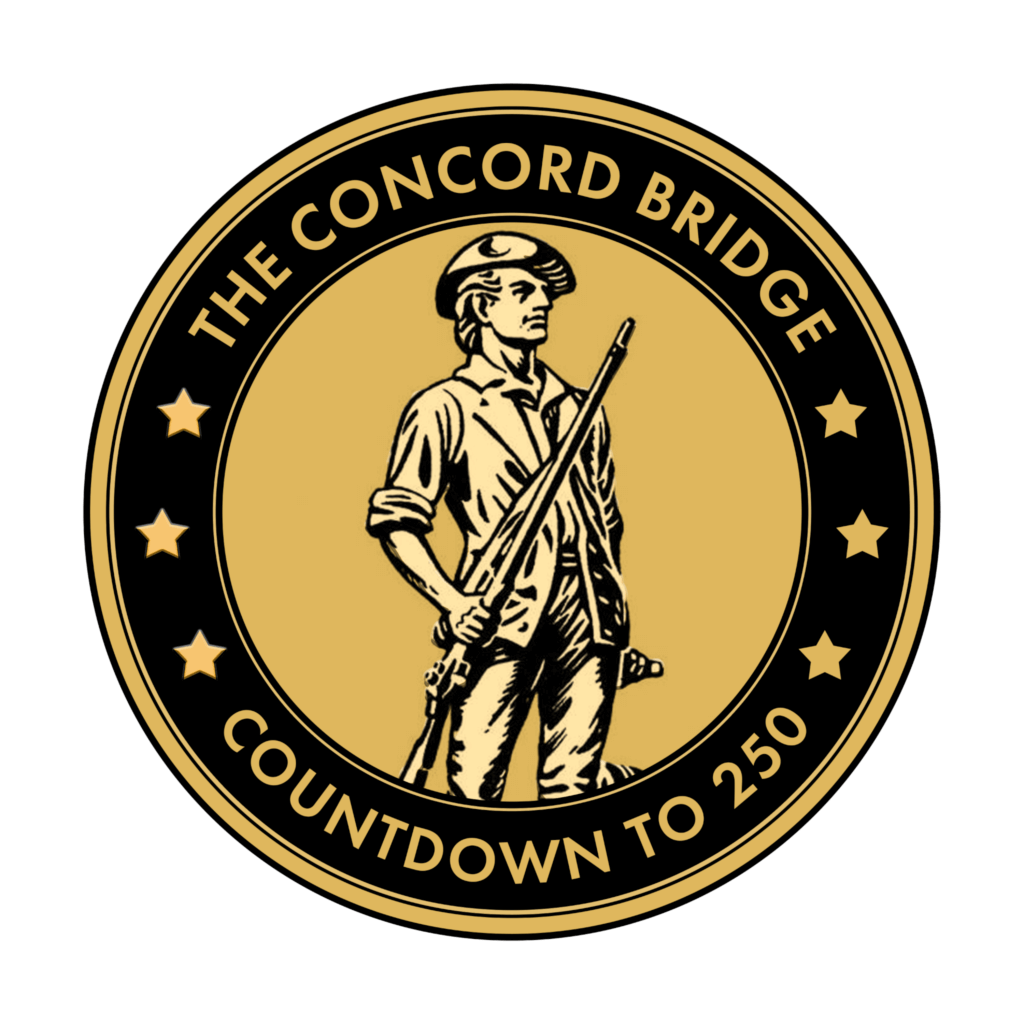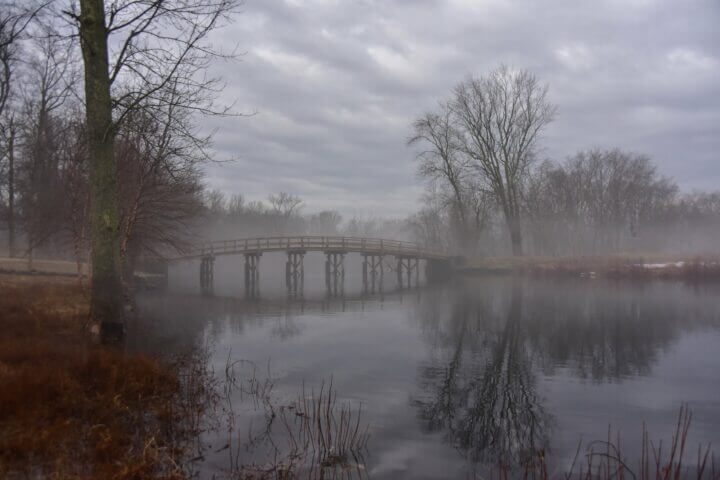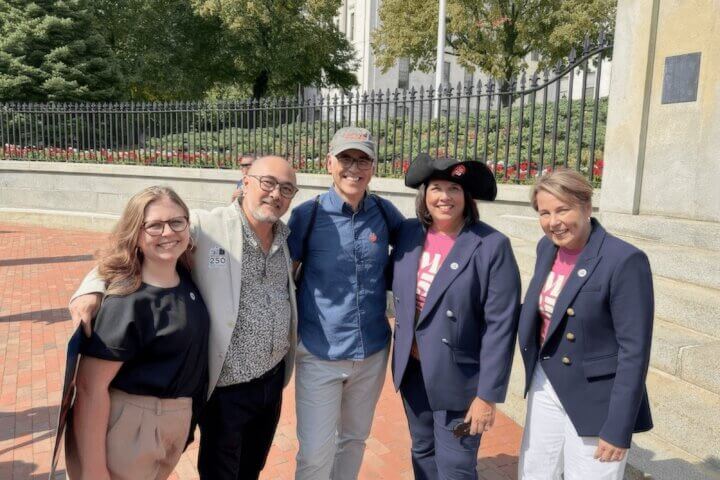By Sammy Grobman — Boston University Statehouse Program
It’s one thing for students to hear yet another recitation of “Paul Revere’s Ride.” It’s quite another for them to check out a lantern from the Old North Church — or at least a replica.
Ahead of the 250th anniversary of the launch of the American Revolution, learners and teachers can have a museum history lesson delivered right to their schools.
The Concord Museum’s traveling trunks expose students to a more diverse history of the war.
Filled with replicas of historical items and primary source documents to engage students, the trunks “focus on some things that are generally about the Revolution that people in the militia would carry or have with them and that aren’t just specific to Lexington and Concord,” says Jenny Gratz, the museum’s assistant director of education.
They also contain pieces specific to April 19, 1775, such as a replica of a lantern in the museum’s collection — one of the original two used at Boston’s Old North Church to warn colonists that the British were on the move, she says.
Historian Beth van Duzer, a member of Concord250’s History and Education subcommittee, calls the trunks “a way to have kids literally interact with history.”
One objective is to help students see themselves in the historical figures they’re learning about. Van Duzer says they teach “stories of people that are maybe more like [them] instead of the old white history that everyone’s been told.”
A bigger picture
Gratz says teachers want to give their students a wider view of history than what’s outlined in state curricula.
“How do we get more stories about African Americans [and] the Revolution? How do we get more stories about women?” she asks.
“We can help them bring some of [this] in through documents and objects while not having to veer off of what they’re required to teach because there’s so little time in the classroom.”
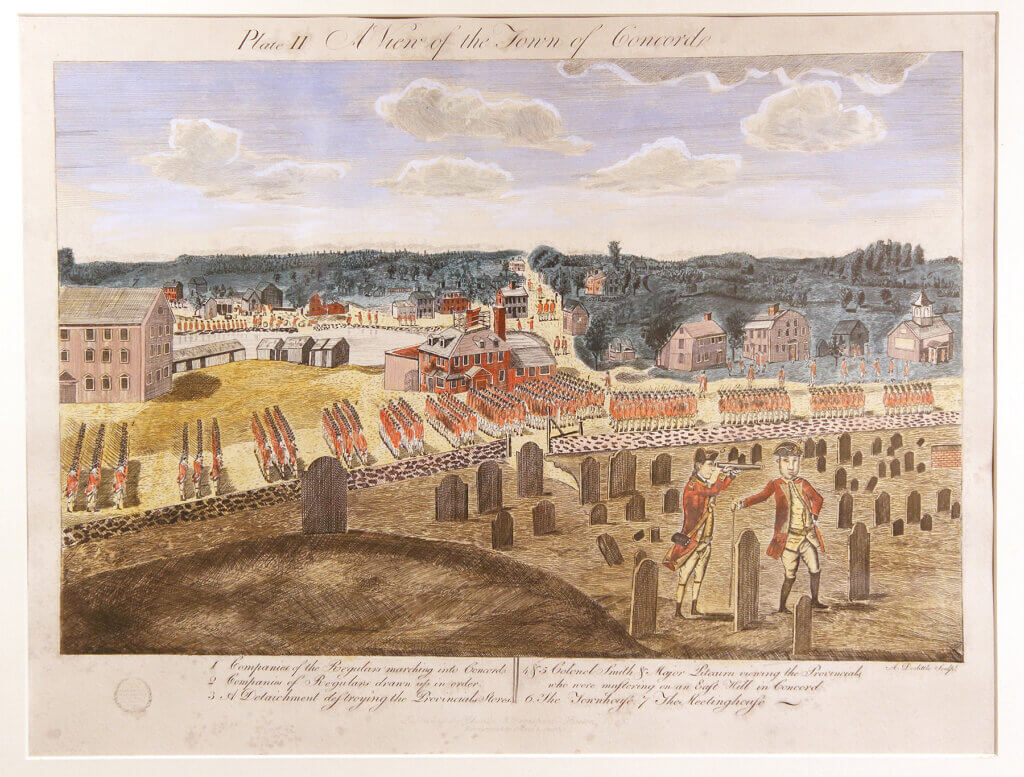
Concord Academy history teacher Kim Frederick, a member of the Concord250 History and Education subcommittee, says the idea “started as a workshop with Massachusetts teachers to develop experiential pedagogy models for teaching the Revolution as we approach the 250th anniversary.”
“The idea of the trunk kept coming up over and over as a concrete way that we could bring those skills and that content to a wide array of teachers,” Frederick says.
Gratz concurs, saying it “was definitely something that the teachers gravitated towards, something that all of them could use, no matter what kind of community they’re from. … You really adapt it to work with your students, and teachers appreciate hands-on items that they might not have access to themselves.”
The work done at the Concord Museum has been a collaborative effort between many institutions in and around town. The museum also works closely with Concord’s public schools.
“We’re always playing around with what the school systems need” to teach history, she says.



